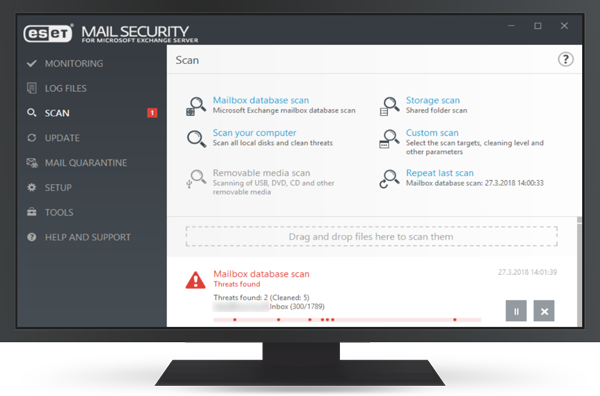
Email Security Basics That You Must Know
Email is the most used means of communication in both personal and professional spheres. However, the ubiquitous nature of email also makes it a prime target for cyber threats. Understanding the basics of email security is essential for protecting yourself, your organization, and your sensitive information from malicious actors and breaches.
Recognizing phishing attempts:
Phishing emails are deceptive messages crafted to trick recipients into divulging sensitive information, such as login credentials or financial data, or clicking on malicious links. Common red flags of phishing emails include:
- Requests for sensitive information or login credentials.
- Urgent or threatening language designed to evoke an immediate response.
- Suspicious email addresses or domains.
- Poor grammar and spelling errors.
Using strong passwords and multi-factor authentication (MFA):
Strong passwords are the first line of defense against unauthorized access to your email account. Avoid using easily guessable passwords and opt for a combination of uppercase and lowercase letters, numbers, and special characters. Additionally, enable multi-factor authentication (MFA) to add an extra layer of security by requiring a second form of verification, such as a code sent to your phone, when logging in.
Employing email encryption:
Email encryption protects the confidentiality of your messages by scrambling the contents to prevent unauthorized access. Ensure that sensitive information, such as financial data or personal details, is encrypted before sending it via email. Many email providers offer built-in encryption features, or you can use third-party encryption tools for added security.
Being cautious with attachments and links:
Exercise caution when opening email attachments or clicking on links, especially if they are unexpected or from unfamiliar senders. Malicious attachments can contain malware or ransomware designed to infect your device, while phishing links may lead to fake websites aimed at stealing your credentials or personal information. Always verify the legitimacy of attachments and URLs before interacting with them.
Regularly updating security software:
Keep your email security software, including antivirus programs and spam filters, up to date to ensure protection against the latest threats. Updates often include patches for known vulnerabilities and improvements to security algorithms, enhancing your defense against malware and phishing attempts.
Also, stay informed about common email security threats and best practices for staying safe online. Educate yourself and your colleagues about the importance of email security, phishing awareness, and safe email practices to minimize the risk of falling victim to cyber attacks.



